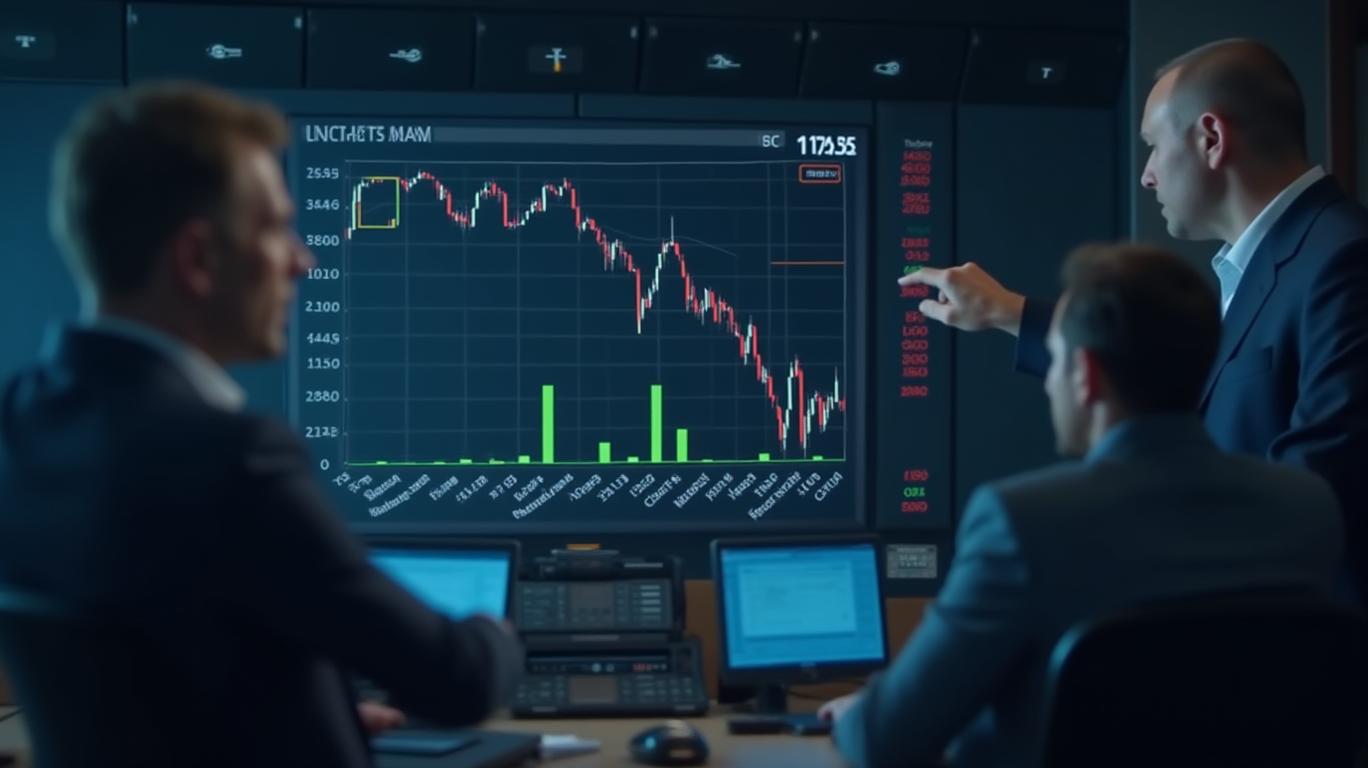Strathcona’s Hostile Bid for MEG: A Calculated Gamble or a New Era in Resource Consolidation?
The Canadian energy sector is abuzz with speculation over Strathcona Resources’ recent $23.27-per-share hostile bid for MEG Energy, which represents a 9.3% premium to MEG’s current stock price. While the move underscores Strathcona’s ambition to consolidate SAGD (Steam Assisted Gravity Drainage) assets, the question remains: Is this a shrewd play to unlock undervalued assets, or a risky overextension that could strain its balance sheet amid existing commitments like its Pan American Silver agreement?
Valuational Arbitrage: A 9.3% Premium Isn’t Enough—Or Is It?
Strathcona’s offer is framed as an accretive deal for both shareholders, with synergies of $175 million annually by 2026. Yet, at first glance, the premium seems modest, especially against MEG’s $21.30 closing price on May 15—just $1.97 above its 52-week low. This suggests MEG’s market cap may not fully reflect its 100+ Mbbls/day heavy oil production capacity or its proved reserves.
The chart below highlights MEG’s depressed valuation relative to its peers. Strathcona’s bid could be a bid to capitalize on this discount, especially as oil prices stabilize post-pandemic volatility.

Strategic Rationale: Building a SAGD Giant—or a House of Cards?
Strathcona’s case hinges on two pillars: operational synergies and market share dominance. The $175 million in annual savings—split between overhead cuts, interest savings, and production efficiencies—could meaningfully boost funds flow per share. Meanwhile, combining MEG’s reserves with Strathcona’s assets would create Canada’s fourth-largest SAGD producer, leveraging economies of scale in a capital-intensive industry.
Yet, risks loom large. The Pan American Silver agreement—while not directly tied to this bid—raises questions about capital allocation priorities. Strathcona’s existing $2.75 billion credit facility and hedging programs suggest it has the liquidity to proceed, but diluting WEF’s stake to 51% post-deal could weaken its strategic partner’s influence. Additionally, MEG’s board rejection signals potential legal hurdles, including regulatory pushback under Canada’s Competition Act.
Corporate Power Dynamics: Shareholder Consent vs. Board Resistance
Strathcona’s move is a classic hostile takeover play, relying on MEG shareholders’ hunger for a premium over their board’s judgment. The 50% deposit threshold and 66⅔% ownership requirement are achievable if small shareholders flee a stagnant stock. But institutional investors may resist, fearing long-term dilution or operational missteps.
Meanwhile, Strathcona’s no-standstill agreement with MEG opens the door to a “white knight” rival bid—a risk that could force it to raise its offer. This dynamic creates a volatility trap: shares could surge on rumors of a counterbid but plummet if regulatory delays or financing issues emerge.
The Bottom Line: Position for Convergence—or Prepare for a Fight
The calculus here is clear. If Strathcona’s synergies materialize and shareholders rally behind the offer, MEG’s shares will converge toward the $23.27 bid, unlocking $1.97 of upside. However, if MEG’s board mobilizes opposition (e.g., poison pills or litigation), or if oil prices falter, the stock could languish in a $19–$21 range, with Strathcona forced to either walk away or overpay.
Investors should act decisively now. Buy MEG shares near current levels, but set a stop-loss below $20 to mitigate downside. Monitor the May 29–June 30 timeline for shareholder votes and regulatory updates. If Strathcona clears hurdles by late July, the upside could double as synergies crystallize.
In an industry hungry for consolidation, this bid is less about overextension and more about strategic necessity. The question isn’t whether Strathcona can afford it—but whether MEG can afford to say no.
This comparison shows Strathcona’s conservative leverage, supporting its bid capacity.

Final Call: MEG’s shares are a buy at current levels, with a price target of $23.27 by Q4 2025. The risks are real, but the reward-to-risk ratio favors bold investors willing to bet on resource consolidation’s next chapter.

Comments
No comments yet